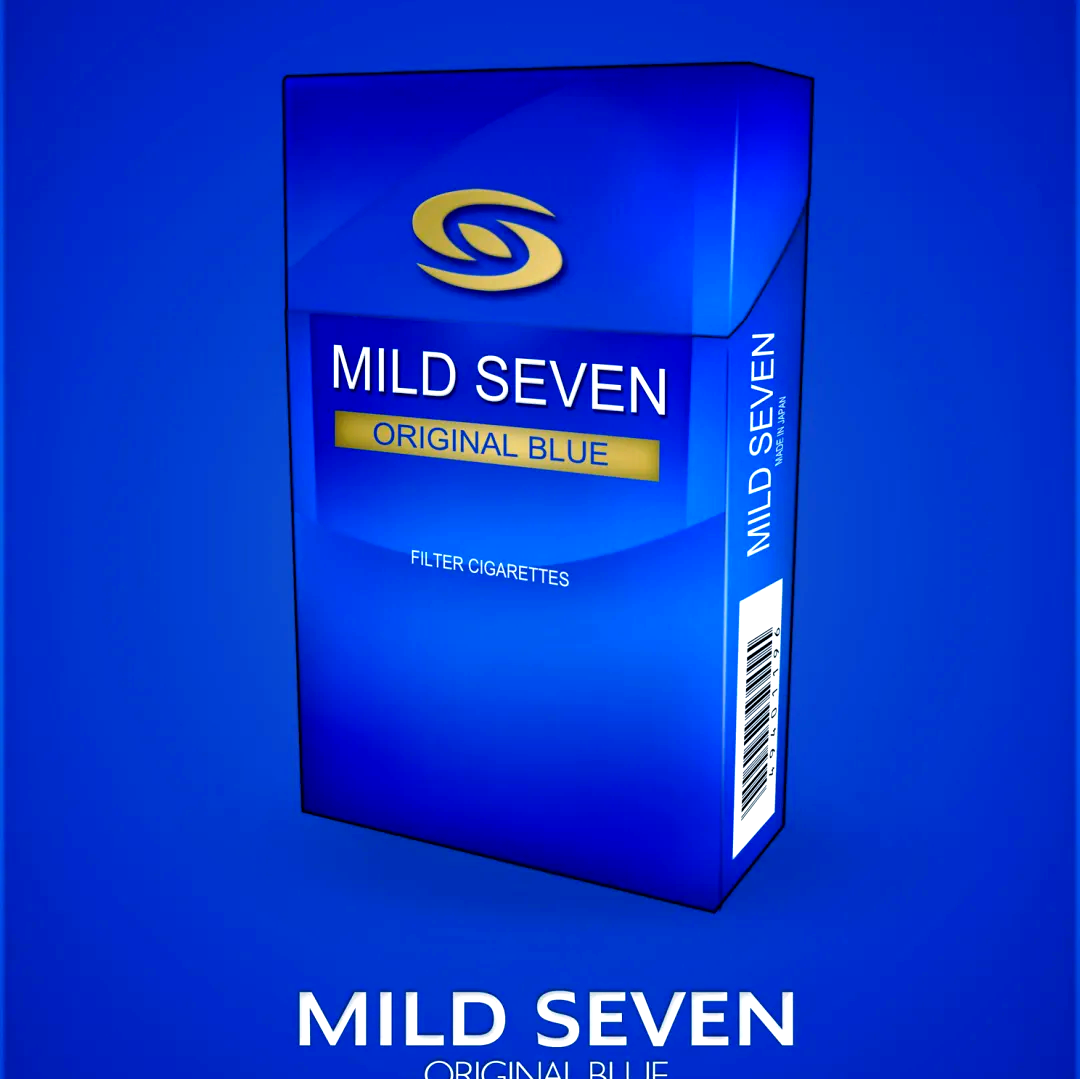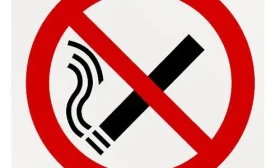The Ultimate Guide to Picking Your Perfect Vape Coil Resistance
So, you've got your vape mod, your favorite e-liquid is ready to go, but you're staring at a wall of coil options, completely baffled. 0.15Ω, 0.5Ω, 1.2Ω… what does it all mean? Choosing the right vape coil resistance can feel like deciphering a secret code, but it's arguably the most important decision you'll make for your vaping experience. Get it right, and you're in for smooth, flavorful clouds. Get it wrong, and it's a recipe for burnt taste, weak vapor, or a dead battery by lunchtime.
Don't worry, you're not alone. This guide is here to demystify coil resistance and empower you to make the perfect choice every single time. We'll break down the science in simple terms, connect it directly to your vaping style, and ensure you never have to second-guess at the vape shop again.
The Basics: What is Coil Resistance Anyway?
Let's start with the absolute foundation. In simple terms, resistance (measured in Ohms, symbolized by Ω) is a measure of how much a material opposes the flow of electrical current. Think of it like a water hose.
- Low Resistance (e.g., 0.15Ω): This is like a wide-open fire hose. It offers very little opposition, so a massive amount of water (electrical current) can gush through with immense power.
- High Resistance (e.g., 1.8Ω): This is like a narrow garden hose with your thumb partially over the end. It greatly restricts the flow, allowing only a small, controlled stream of water (current) to pass.
In your vape device, the battery is the water source, the coil is the hose, and the current is what heats the coil to vaporize your e-liquid. The amount of current flowing through the coil directly determines how hot it gets, how quickly it vaporizes the e-liquid, and the entire character of your vape.
This brings us to the single most important concept for choosing the right vape coil: the fundamental divide between Low-Resistance and High-Resistance vaping, often referred to as Sub-Ohm and Above-Ohm (or MTL) vaping.
Sub-Ohm Vaping (Low Resistance: Generally below 1.0Ω)
Sub-Ohm vaping took the world by storm for a reason. It's all about high performance, big clouds, and intense flavor.
- The Experience: This is for the cloud chasers and flavor enthusiasts. Expect massive, dense vapor production, a warm to hot vape, and a very airy, direct-to-lung (DTL) draw—similar to taking a deep breath.
- How It Works: Low-resistance coils allow more power from the battery to flow through. This high power rapidly heats a larger surface area of coil (and wick), vaporizing a huge amount of e-liquid almost instantly.
- Ideal For:
- Direct-to-Lung (DTL) Vapers: If you inhale the vapor directly into your lungs, like breathing, you are a DTL vaper.
- Cloud Chasers: The primary goal is producing large, thick clouds of vapor.
- Flavor Seekers: The high power and large surface area can unleash complex flavor profiles, especially in dessert and custard e-liquids.
- The Practicalities:
- E-Liquid: You must use e-liquid with a high proportion of Vegetable Glycerin (VG). Think 70% VG or higher. VG is thicker and produces those dense clouds. Using a high-Proplyene Glycol (PG) liquid in a sub-ohm coil will lead to a harsh throat hit and likely cause leaking, as the thin liquid will flood the large wicking ports.
- Battery Life: This is a power-hungry style. Your device's battery will drain significantly faster.
- E-Liquid Consumption: Be prepared to go through e-liquid much more quickly. You're vaporizing it at a remarkable rate.
- Device Compatibility: Primarily used with more powerful box mods, pod mods, and advanced kits that can safely handle the higher power demands (often 40 watts and above).
Key long-tail search terms you might have used that lead here: "best sub ohm coil for flavor and cloud production," "what is direct to lung vaping," "high VG e-liquid for sub ohm tanks."

Above-Ohm Vaping (High Resistance: Generally 1.0Ω and above)
This is the classic, traditional style of vaping that mimics the sensation of smoking a cigarette. It's focused on satisfaction, efficiency, and a tight draw.
- The Experience: This provides a tighter, more restricted draw that you first pull into your mouth and then inhale into your lungs—this is called Mouth-to-Lung (MTL). The vapor is cooler, the throat hit is more pronounced, and the clouds are smaller and more discreet.
- How It Works: High-resistance coils restrict the current flow. They are typically smaller and use thinner wire, so they heat up quickly with less power. This efficiently vaporizes a smaller amount of e-liquid.
- Ideal For:
- Mouth-to-Lung (MTL) Vapers: If you draw vapor into your mouth first (like smoking a cigarette) and then inhale, you are an MTL vaper.
- Former Smokers: The tight draw and strong throat hit closely replicate the feel of a cigarette, making it excellent for smoking cessation.
- Vapers Prioritizing Stealth & Efficiency: If you want longer battery life, less e-liquid consumption, and smaller, less conspicuous clouds, this is for you.
- The Practicalities:
- E-Liquid: Best used with e-liquids that have a higher proportion of Propylene Glycol (PG). A 50% PG/50% VG ratio or higher PG is common. PG is thinner, carries flavor better, and provides that sharper throat hit. High VG liquids are often too thick to wick properly in these smaller coils.
- Battery Life: Exceptionally efficient. A small device or a single battery can last all day because it's operating at low power (often 7-20 watts).
- Nicotine Strength: Because the vapor production is less, you typically use a higher nicotine strength to get your satisfaction. 12mg, 18mg, or even nicotine salts (which can go much higher, like 25mg or 50mg) are common here. Warning: Do NOT use high-nicotine salts in a low-resistance sub-ohm coil, as it will deliver a dangerously harsh and overwhelming amount of nicotine.
- Device Compatibility: Perfect for smaller vape pens, pod systems, and traditional starter kits.
Key long-tail search terms you might have used that lead here: "best MTL coil for throat hit," "high nicotine e-liquid for high resistance coils," "difference between MTL and DTL vaping."
The Middle Ground: The Rise of the "In-Between" Coils
The vaping industry is brilliant at finding a middle path. You don't always have to choose between extreme clouds and a super-tight cigarette draw. This is where Restricted Direct-Lung (RDL) coils come in.
- Resistance Range: Typically between 0.6Ω and 0.8Ω.
- The Experience: A perfect balance. It offers more vapor and flavor than a tight MTL draw but is less intense and airy than a full-blown sub-ohm cloud chase. The vapor is warm, the draw is smooth and slightly restricted, and it's incredibly versatile.
- Power & E-Liquid: These coils usually perform best in the 20-30 watt range, offering a great mix of flavor and battery efficiency. They can handle a wider range of e-liquids, from 50/50 to 70/30 VG/PG.
If you're unsure where to start, a coil in this resistance range is often a fantastic and forgiving option.
Making the Final Choice: Your Personal Vape Coil Selection Checklist
Stop thinking just about Ohms. To truly solve your problem, ask yourself these questions:
-
What is my inhaling style?
- Tight, like a cigarette? -> Choose High Resistance (1.0Ω+).
- Open, like breathing? -> Choose Low Resistance (below 1.0Ω).
- Something in the middle? -> Look for a 0.6Ω - 0.8Ω coil.
-
What e-liquid do I use (or want to use)?
- High PG (50/50 or more PG), High Nicotine (12mg+ or Salts)? -> You must choose High Resistance.
- High VG (70% VG or more), Low Nicotine (3mg, 6mg)? -> You must choose Low Resistance.
- This is non-negotiable for a good experience. Mismatching here is the #1 cause of burnt coils and leaking tanks.
-
What device am I using?
- Small Pod System/Pen? It's likely designed for higher-resistance, lower-power coils. Check the device's manual or available coil options.
- Large Box Mod/Pod Mod? It can handle sub-ohm coils. You have the freedom to choose based on your style and e-liquid.
-
What are my priorities?
- Massive Clouds & Intense Flavor? -> Low Resistance.
- Battery Life, E-Liquid Economy, and Throat Hit? -> High Resistance.
- A Balanced, Versatile Experience? -> Mid-Range Resistance.
A Quick Word on Power (Wattage)
You'll notice every coil has a recommended wattage range printed on it (e.g., "Best 50-80W"). This is your golden rule. Resistance gives you a category, but the wattage range is your precise instruction manual.
- Always start at the lowest recommended wattage when using a new coil.
- Prime your coil properly by soaking the cotton wicking ports with e-liquid and letting it sit in a full tank for 5-10 minutes.
- Take a few primer puffs (inhale without firing the device) to ensure the wick is fully saturated.
- Then, gradually increase the wattage in 5-watt increments until you find your perfect spot within the recommended range.
Following this process is the ultimate secret to making any coil last longer and perform better, regardless of its resistance.
In the end, the "best" vape coil resistance is a deeply personal choice. It's the intersection of your device, your e-liquid, and most importantly, what you personally enjoy. Use this guide as your roadmap. Don't be afraid to experiment within the logical boundaries we've discussed. The perfect vape is out there, and now you have all the knowledge you need to find it. Happy vaping










